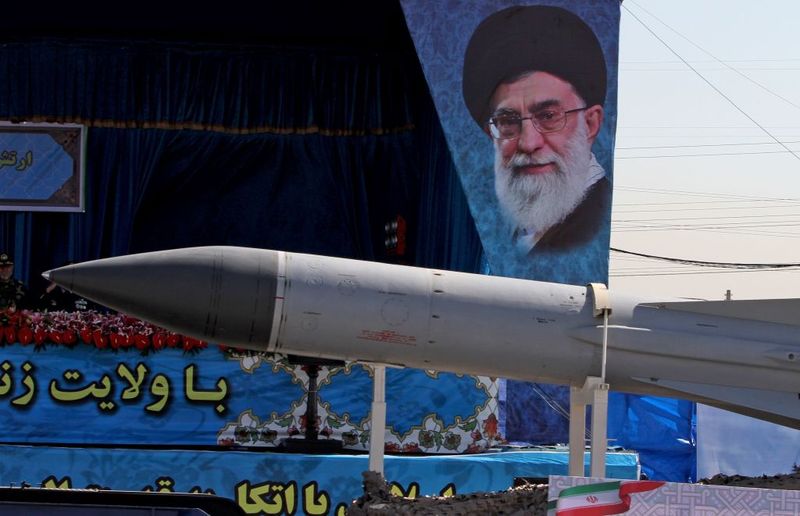Under President Barack Obama this kind of thing was routine. Since the Iran nuclear deal was reached in 2015, every few months the State Department would inform Congress that the Tehran government was in compliance.
Then Donald Trump was elected president. He had campaigned against the agreement, and many of the top aides he brought into the White House believed the Obama administration had turned a blind eye to Iran’s regional predations to secure a bargain that in the end was harmful to US national security.
Nonetheless, Trump’s State Department in the spring certified Iran was in compliance. On Monday, Secretary of State Rex Tillerson was supposed to certify Iranian compliance again. Talking points were sent to columnists. Senior administration officials briefed analysts on a conference call. The Treasury Department was set to announce new sanctions against a number of Iranians to soften the blow for the Republican base. Allies in Congress were given a heads-up.
There was just one problem: Donald Trump. In meetings with his national security cabinet, the president has never been keen on Obama’s nuclear deal. What’s more, Iran’s regional behavior has only been getting worse since his inauguration.
So just as Tillerson was preparing to inform Congress on Monday that Iran remained in compliance with what is known as the Joint Comprehensive Plan of Action, Trump called it off, according to administration officials. He wanted to know his options and what would happen if Tillerson didn’t make the announcement.
And for a few hours on Monday afternoon, it looked like the White House was going to tell Congress it could not certify Iran was complying, without saying Iran was in breach of the pact. This would have triggered a 60-day period in which Congress could vote to re-impose the secondary sanctions lifted as a condition of the deal, or to strike it down altogether.
The predicament, according to administration officials, was that Congress (not to mention the other signatories to the seven-party agreement) was not prepared. Trump had yet to even put forward a broader Iran policy. What’s more, the US intelligence community feels that Iran is pushing the edges, but overall is in compliance.
Eventually, Trump walked back from the ledge, and the administration certified Tehran’s compliance.
But White House and other administration officials tell me the president nonetheless is serious about cracking down on Iran for its regional aggression, and is leaning closer to those of his advisers who are pushing him to pull out of the agreement that defines Obama’s foreign policy legacy.
In this sense, he is moving away from some of the most important members of his national security cabinet.
Administration officials tell me that National Security Adviser H.R. McMaster and Tillerson have made the case that it was in the US national interest to certify Iran’s compliance. They argued that the deal is structured so that the US and its allies delivered the benefits to Iran up front. This included sanctions relief, a recognition of Iran’s right to enrich uranium, and removing Iranian companies and individuals from various sanctions lists.
The Iranians, on the other hand, have to keep allowing inspections of their nuclear sites and limit their stockpile of low-enriched uranium over the lifespan of the deal, which expires in the next 8 to 13 years. Iran has already received much of the money that was frozen in foreign banks under the crippling sanctions that brought its representatives to the negotiations. So pulling out of the deal now would leave Iran cash rich and under no obligation to cap its nuclear stockpiles or allow international inspections.
Bloomberg
